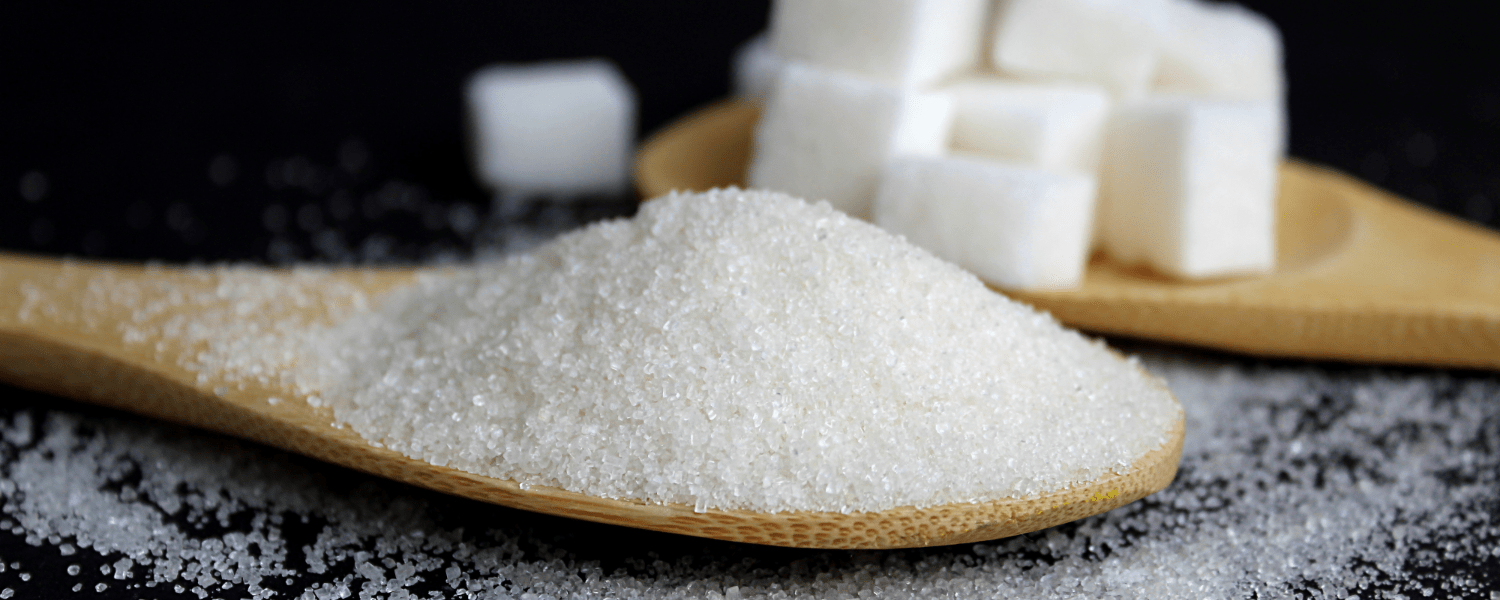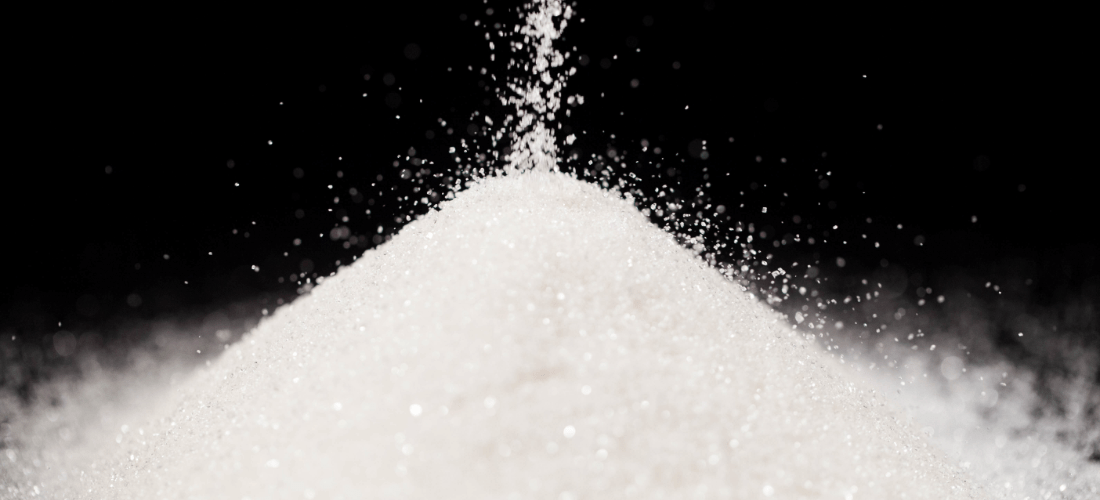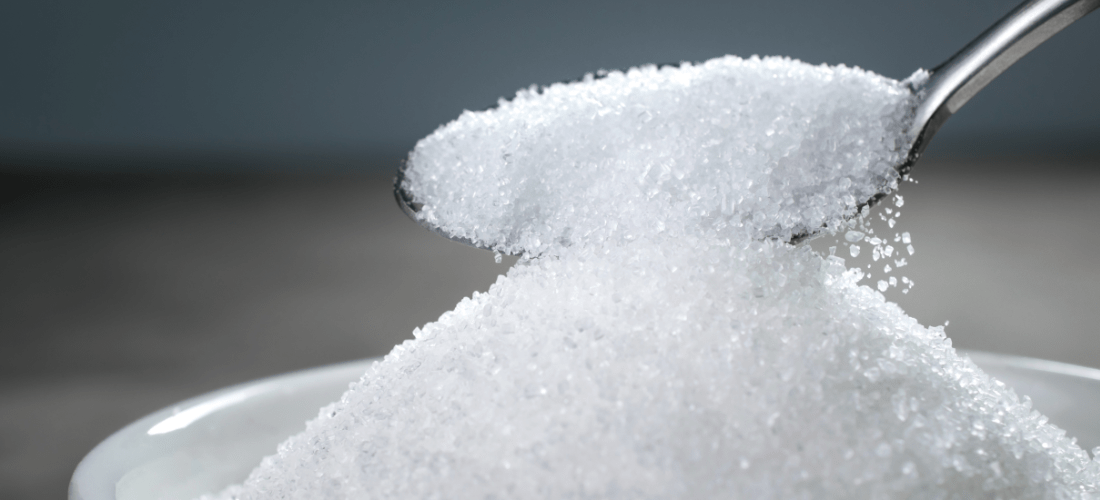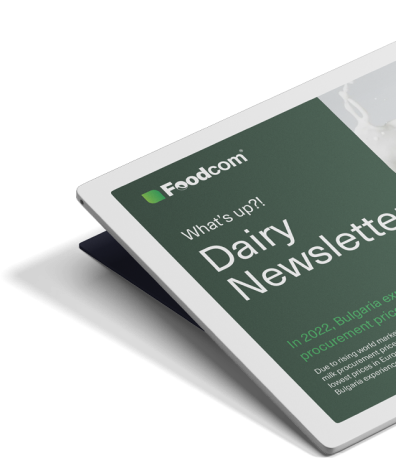Nutritional awareness increasingly equates sugar with health problems. Sweet taste without guilt – is that even possible? It turns out that it is. Sucralose is a sweetener that allows you to enjoy the taste of sugar without the extra calories. It has been used for years in “light” and sugar-free products, offering pleasant sweetness with a minimal dose. Learn about its properties and applications in various industries.
Sucralose – a few facts to start with
Sucralose is a compound with an intense sweet taste – it is up to 600 times sweeter than table sugar. It is very similar to classic sucrose, and a small dose is enough to achieve a pleasant sweetness. This makes it ideal for use in beverages, desserts, chewing gum, and dietary supplements.
Why are manufacturers increasingly turning to natural sweeteners? More and more consumers are looking for products that are not only tasty but also healthier. Combining sucralose with stevia or erythritol, for example, allows for a taste closer to sugar, maintaining the appropriate texture and volume of the product, while reducing calories.
How is sucralose made and what makes it special?
Chemically, sucralose is a derivative of sucrose. It is made by replacing three hydroxyl groups with chlorine atoms. It sounds technical, but it is this process that makes sucralose stable, very sweet, and virtually calorie-free.
It does not decompose under normal storage conditions and does not significantly affect blood sugar levels, making it an interesting alternative for people who are watching their diet or controlling their glucose levels.
The use of sucralose in the food industry
It is difficult to find a food industry today where sucralose is not used. It is used in the production of sugar-free beverages, desserts, yogurts, baked goods, as well as in supplements and preparations for athletes.
Its stability in solutions and resistance to moderate temperatures make it ideal for industrial applications. In addition, manufacturers often combine it with other fillers or sweeteners to achieve an even more natural taste and the right texture for the product.
Is sucralose safe?
Since its introduction to the market, sucralose has undergone numerous toxicological and metabolic studies. It is approved for use in most countries around the world, and international institutions have set the acceptable daily intake (ADI) at up to 15 mg per kilogram of body weight.
Although some studies are still analyzing its long-term effects on the body (e.g., on the gut microbiome), it is considered safe for consumers in the amounts currently used in food products. The basis for this is compliance with technological recommendations and quality standards during its use.
Sucralose and temperature – what do you need to know?
Sucralose is said to be heat-resistant. Indeed, it remains stable under moderate conditions. However, at very high temperatures, typical for example in industrial baking or frying, it may undergo partial decomposition.
For this reason, experts recommend adding sucralose after heat treatment or using it in products that do not require high temperatures. This approach allows you to preserve the full sweetness and avoid possible undesirable reactions.
Sucralose compared to other sweeteners
There are many sugar substitutes on the market, both synthetic and natural. Sucralose is often compared to stevia or erythritol.
What is erythritol? It is a sugar alcohol that occurs naturally in some fruits and has a delicate, cooling aftertaste. When combined with sucralose, it creates an excellent sweetening blend, giving a taste similar to sugar and a better product structure.
Sucralose is resistant not only to heat, but also to acids and digestive enzymes in the gastrointestinal tract. This allows it to retain its sweetness in products with varying acidity, such as fruit juices and carbonated drinks. What is more, a small dose makes products sweet without adding extra volume or calories, which is extremely important in dietetic baked goods and desserts.
Sucralose is also used in cosmetics and pharmaceuticals, where it is used to add a sweet taste to syrups, supplements, and dental preparations without affecting their chemical properties. For manufacturers, this means greater flexibility in product design, and for consumers, the ability to enjoy sweetness in various forms without burdening the body with sugar.
Wholesale sucralose – who is it for and what to look out for?
Sucralose is available not only to consumers but also to companies and manufacturers in wholesale form. Wholesale sucralose is standard in the food industry, allowing for flexible adjustment of quantities to the scale of production.
When purchasing the raw material, pay attention to:
- the purity and origin of the product,
- the form,
- the recommended application doses,
- compliance with applicable food standards.
More and more often, companies are turning to natural sweeteners that can be combined with sucralose to achieve an even better flavor profile and a more favorable product image.
For companies interested in purchasing sweeteners, including sucralose, there are numerous offers and raw material market analyses available. Information about products, parameters, and applications can be found on the FDCM.eu platform.
Sucralose – practical tips
Sucralose is one of the most effective sweeteners currently available on the market. It provides intense sweetness without calories, is stable and convenient to use, and is safe in approved quantities.
If you plan to use sucralose in your products, keep a few simple rules in mind:
- Test recipes to match the intensity of sweetness to the product.
- Experiment with adding polyols, such as erythritol, for a more natural taste.
- Avoid using at very high temperatures.
Keeping up with the latest research and nutritional trends will help you create products that not only taste good but also meet the expectations of conscious consumers.
Sources
- Grotz, V. L., & Munro, I. C. (2009). An overview of the safety of sucralose. Regulatory Toxicology and Pharmacology, 55(1), 1–5.
- Chattopadhyay, S., Raychaudhuri, U., & Chakraborty, R. (2014). Artificial sweeteners – A review. Journal of Food Science and Technology, 51(4), 611–621.
- Boon D, Marchitti SA, Colonna KJ, Chowdhury-Paulino IM, Li W, Berky A, Restrepo C, Jack M, Goodman JE. A Systematic Review of Non-Sugar Sweeteners and Cancer Epidemiology Studies. Adv Nutr. 2025 Sep 30:100527. doi: 10.1016/j.advnut.2025.100527. Epub ahead of print. PMID: 41038346.
- https://sklep.sport-max.pl/Sukraloza-w-diecie-bezpieczna-alternatywa-czy-ukryte-ryzyko-dla-organizmu?srsltid=AfmBOopEABmncaQxbjiZMYJJss71XIbCG-hMlXumxNlHaWORt9QJE73u [accessed on: 10.10.2025].






